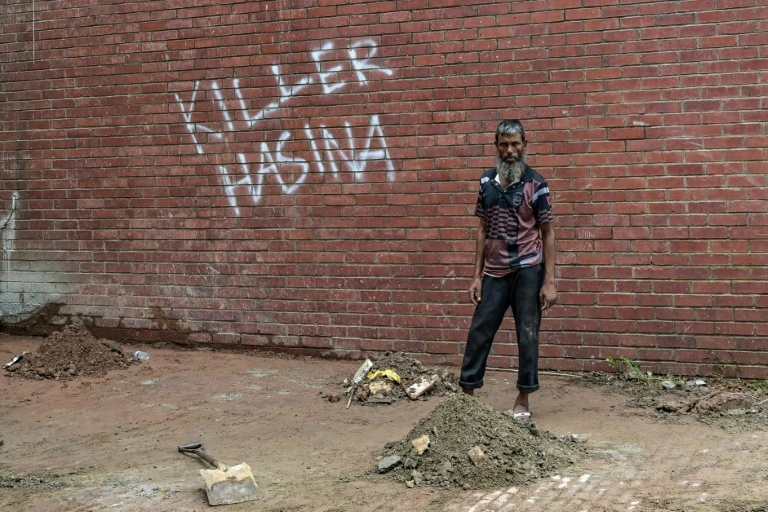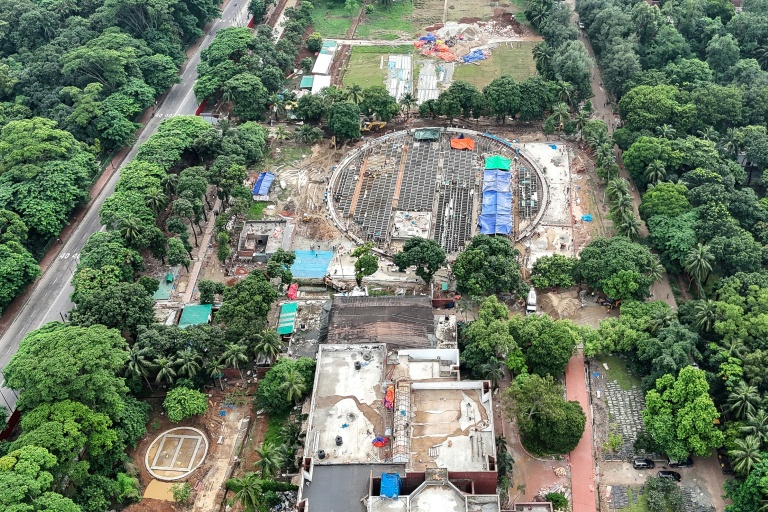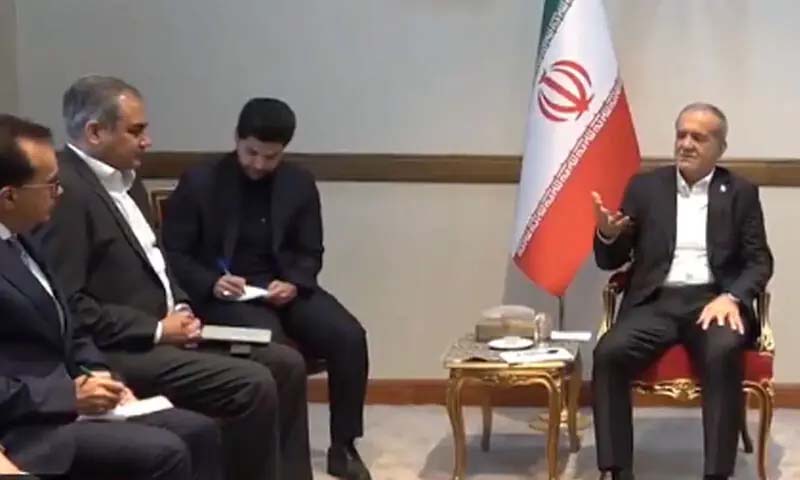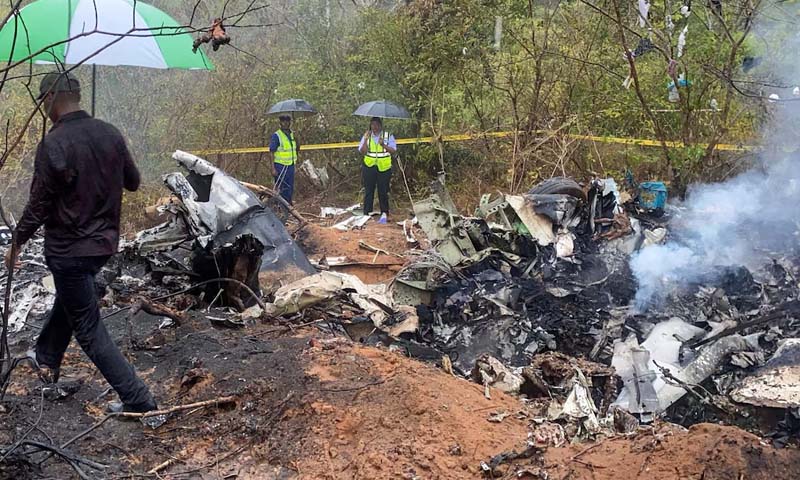- Web Desk
- 10 Hours ago
Remember Sheikh Hasina’s ransacked palace? It’s now a museum of resistance
-

- AFP
- Aug 04, 2025

DHAKA: Once a fortress of power and privilege, the opulent palace that served as Sheikh Hasina’s official residence is being transformed into a museum, a stark reminder of her toppled rule and the people’s uprising that ended it.
Just a year ago, jubilant crowds scaled the roof of the sprawling Ganabhaban complex as the former prime minister fled by helicopter to India, marking the climax of the student-led protests that overthrew her government on August 5, 2024. Today, graffiti scrawled by demonstrators, “Freedom”, “Killer Hasina”, “Dictator” — remains untouched on the palace walls, now preserved as part of the country’s reckoning with its past.
The former stronghold, long protected by armed guards, is being reimagined under the leadership of Nobel laureate Muhammad Yunus, who heads the interim government until elections in 2026. “This museum will preserve the memories of her misrule and the people’s anger when they removed her,” Yunus said.

Hasina’s 15-year reign was marred by grave human rights abuses, including extrajudicial killings and mass detentions. According to UN figures, more than 1,400 people were killed during her final weeks in office. The museum will feature artifacts from the uprising, including personal stories of victims, cell reconstructions, and immersive exhibits highlighting the brutality of her regime.
“It will symbolise our trauma — and our resistance,” said Mosfiqur Rahman Johan, who was among the thousands who stormed the palace. Protesters swam in Hasina’s private lake, dined from her kitchens, and danced in her bedroom — reclaiming the space that once embodied repression.
Students, who ousted PM Hasina, set to launch political party
While Ganabhaban is being preserved, protesters have dismantled other icons of the Hasina era. Statues of her father, Sheikh Mujibur Rahman, were toppled. His home which she had turned into a museum was razed to the ground.

“When the dictatorship falls, its Mecca must fall too,” declared student Muhibullah Al Mashnun, part of the demolition effort.
Curator Tanzim Wahab says the museum aims to spark national reflection and inspire a generation to rebuild democracy. “We want young people to use this as a platform for dialogue, to imagine a new Bangladesh.”
But as Human Rights Watch warned ahead of the revolution’s anniversary, Bangladesh’s path forward remains fraught, caught between old power structures, religious hardliners, and the ghosts of its autocratic past.




